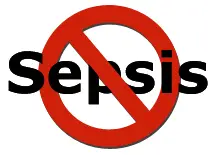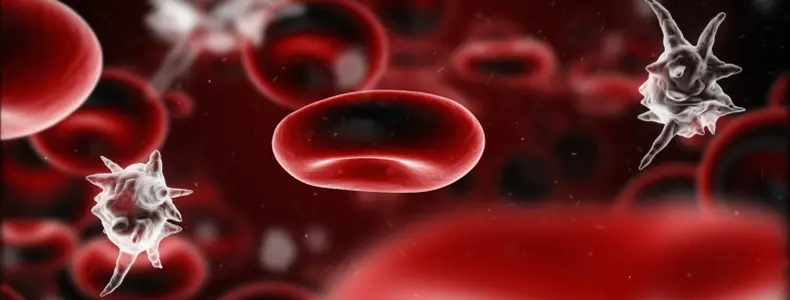Exactly What is Sepsis?
A good date to research sepsis blood infection disease and learn about the ways to Prevent, Treat or Stop Sepsis from getting worse is to start today
"Sepsis" aka "Septicemia" (medical name is Septicemia) is a very serious
Who is most likely to get sepsis?
Anyone can get sepsis, but the risk is higher in:
- people with weakened immune systems
- infants and children
- elderly people
- people with chronic illnesses, such as diabetes, AIDS, cancer, and kidney or liver disease
- people suffering from a severe burn or physical trauma
How many people get sepsis?
CDC’s National Center for Health Statistics estimates that, based upon information collected for billing purposes, the number of times people were in the hospital with sepsis increased from 600,000 diagnosed cases to over 1,200,000 cases (basically doubling the number of sepsis cases) over the past 10-years.
To show how severe sepsis blood infections are; from 25 to 50 percent of people who get sepsis will die from sepsis!
The number of cases of sepsis each year has been growing considerably in the USA and Canada. This could be because of the following reasons:
- the population is aging
- people have more chronic illnesses
- people are getting more invasive procedures, immunosuppressive drugs, chemotherapy, and organ transplants
- increasing antibiotics resistance
- increasing awareness and tracking of sepsis
What are signs and symptoms of sepsis?
Common symptoms of sepsis are chills or fever, rapid breathing and heart rate, mental confusion, disorientation and sudden unexplained skin rash.
Many of these sepsis symptoms, such as fever and difficulty breathing, are the same as in other medical conditions, making sepsis hard to diagnose, especially in its early stages.
How is sepsis diagnosed?
Doctors diagnose sepsis using a number of physical findings like fever, increased or paid heart rate, and increased respiratory rate. They also do lab tests that check for signs of blood infection.
How is sepsis cured and treated?
People with sepsis are usually treated in hospital intensive care units. Doctors try to treat the infection, sustain the vital organs and prevent a drop in blood pressure.
Doctors prescribe antibiotics to treat the infection. Many patients receive oxygen and intravenous (IV) fluids to maintain normal blood oxygen levels and blood pressure.
Other types of treatment, such as mechanical ventilation or kidney dialysis, may be necessary. Sometimes surgery is required to clear a local site of infection.
Many other drugs, including vasopressors and corticosteroids, may be used to treat sepsis or to revive those who have gone into sudden septic shock.
Are there any long-term effects of sepsis?
Many people who survive severe sepsis recover completely and their lives return to normal. But some people, especially those who had pre-existing chronic diseases, may experience permanent organ damage. For example, in someone who already has kidney impairment, sepsis blood poison can lead to kidney failure requiring lifetime kidney dialysis.


